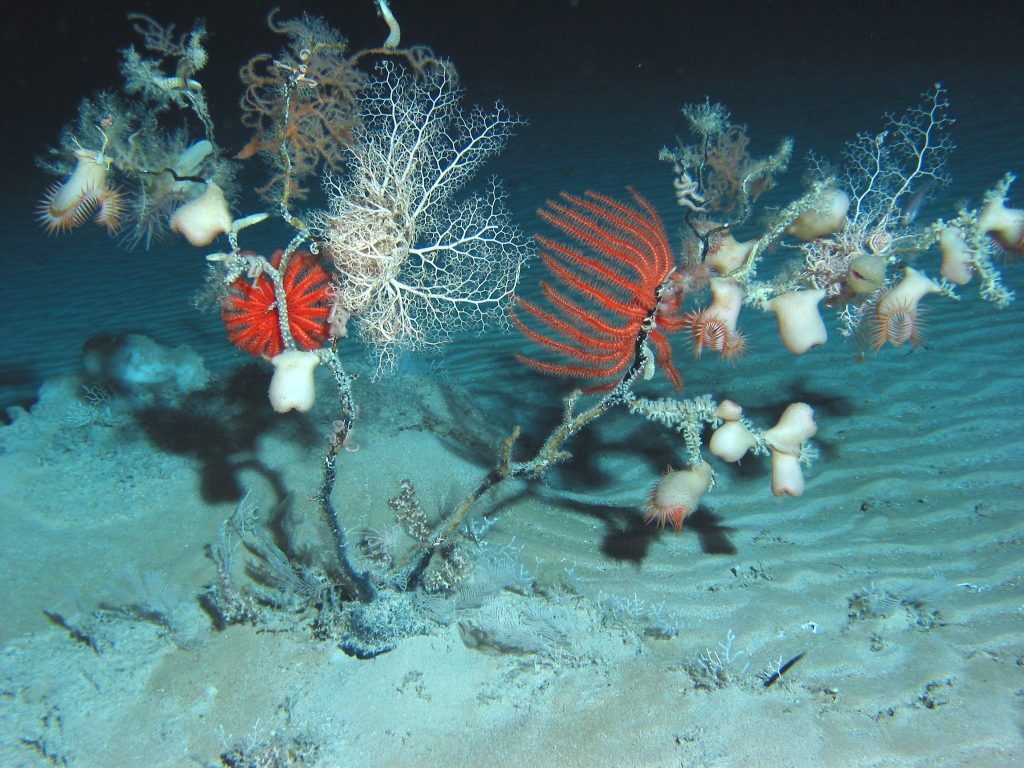Conservation research has traditionally focused on understanding how human-induced disturbances such as pollution and hunting directly affect wild species, leading to their extinctions. Little is known about how these extinctions might in turn influence other species living in the area. One would guess that these influences will be important because species are connected to other species in myriad ways – as food, as predators, as competitors for the same resource and as partners in mutually beneficial relationships. Ulrich Brose, in this conceptual paper, argues that visualizing species as nodes in a network might help us understand these secondary effects of species extinctions.
Take for example a simple food chain involving an eagle, a snake and a frog. The snake feeds on the frog and in turn is fed on by the eagle. Now suppose these snakes are hunted for their skin and over time become extinct, what might happen to the eagles and the frogs? What might also happen to the insects which the frogs eat and the other creatures that the eagles eat? Building ecological networks of these relationships will help us predict the answers to these questions.
Ecological networks are representations of the pair wise relationships between species in an area. While initially, these networks were almost entirely used in the context of food webs such as in the example describe above, more recently, other kinds of relationships such as competition and positive interactions (for e.g. between plants and their pollinators) have also been investigated. This paper highlights two particularly important uses of network building in the context of conservation:
01. To identify and prioritise for conservation, species whose extinction will have strong secondary effects on other members of the community.
02. To understand what features of communities make them vulnerable or resilient to disturbance. For example, it has been shown in numerous studies that the greater the number of ties between species in a community, the less susceptible it is to disturbance.
In spite of a great deal of research into the impacts of humans on species and biodiversity over the last few decades, global extinction rates are currently at an all-time high. This paper makes the case that this is due to a lack of attention to species interactions and that the next big step in conservation research will be to understand these interactions using ecological networks.
Further reading
Brose U. 2010. Improving nature conservancy strategies by ecological network theory. Basic and Applied Ecology 11(1): p. 1-5.
Hari Sridhar is a PhD student at the Centre for Ecological Sciences, Indian Institute of Science, Bangalore, India. Mail at hari@ces.iisc.ernet.in





